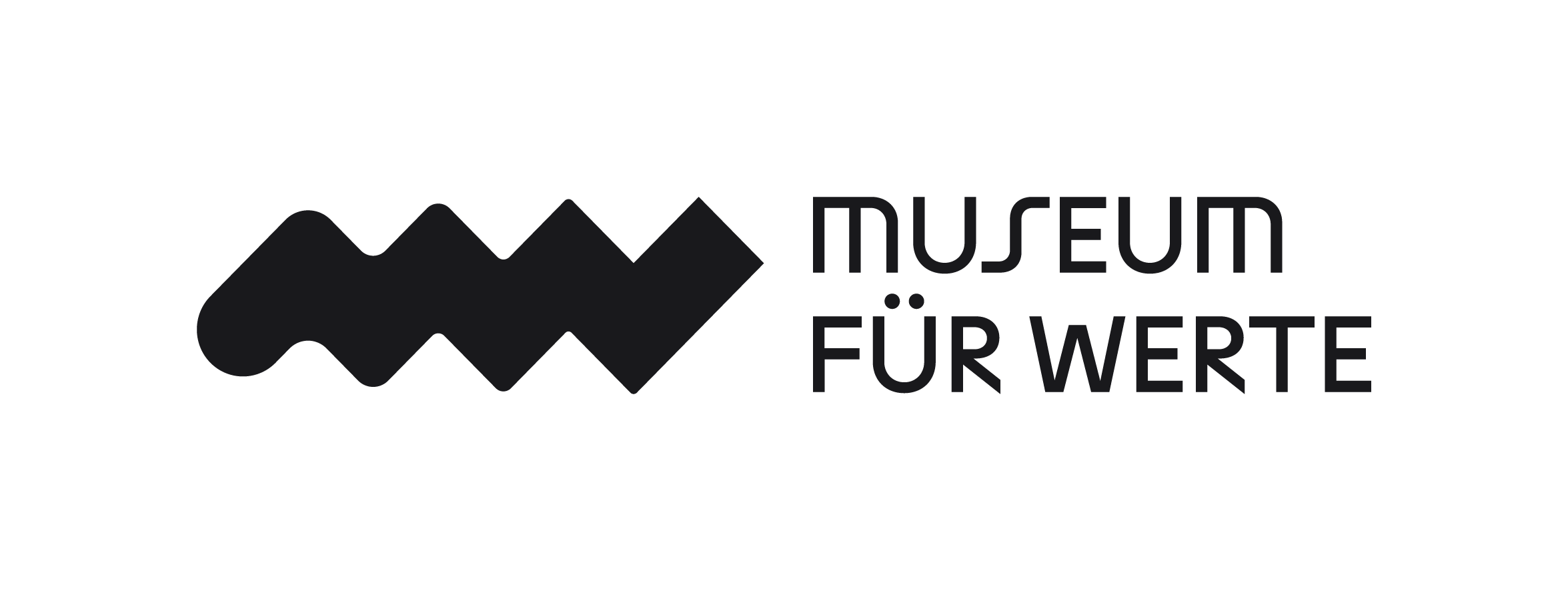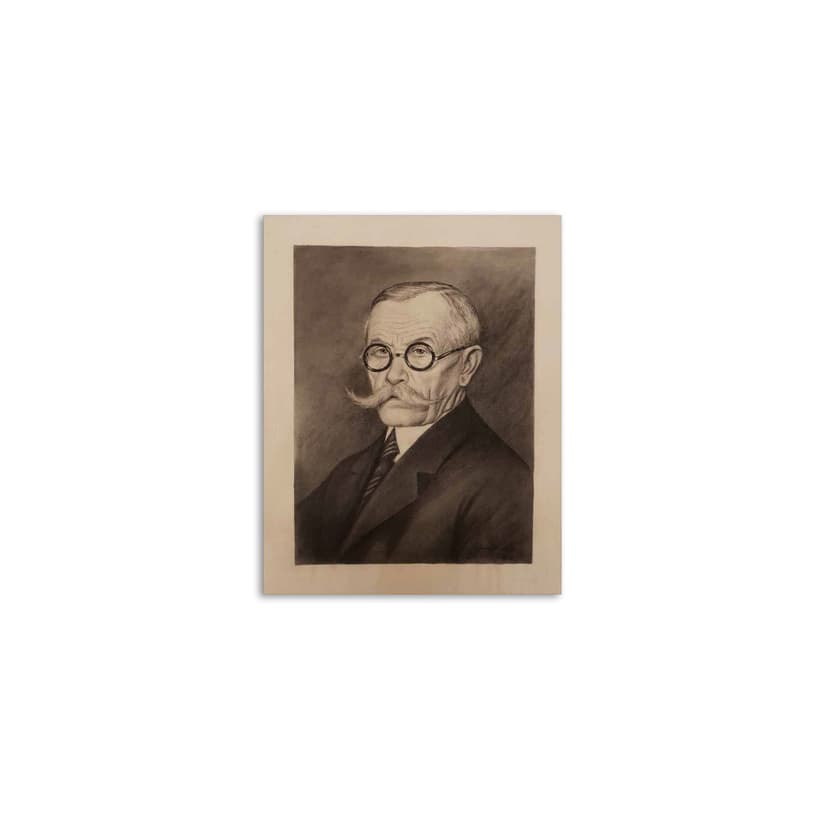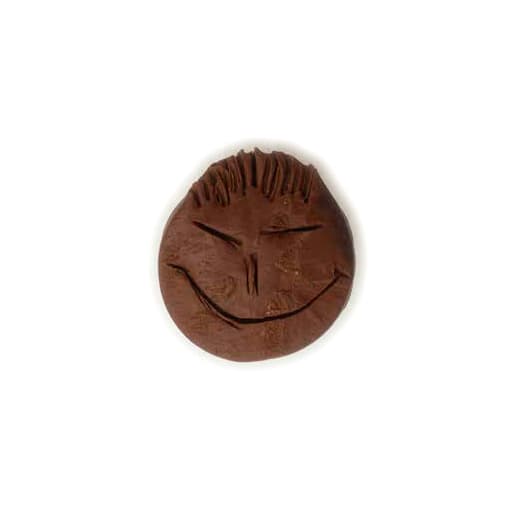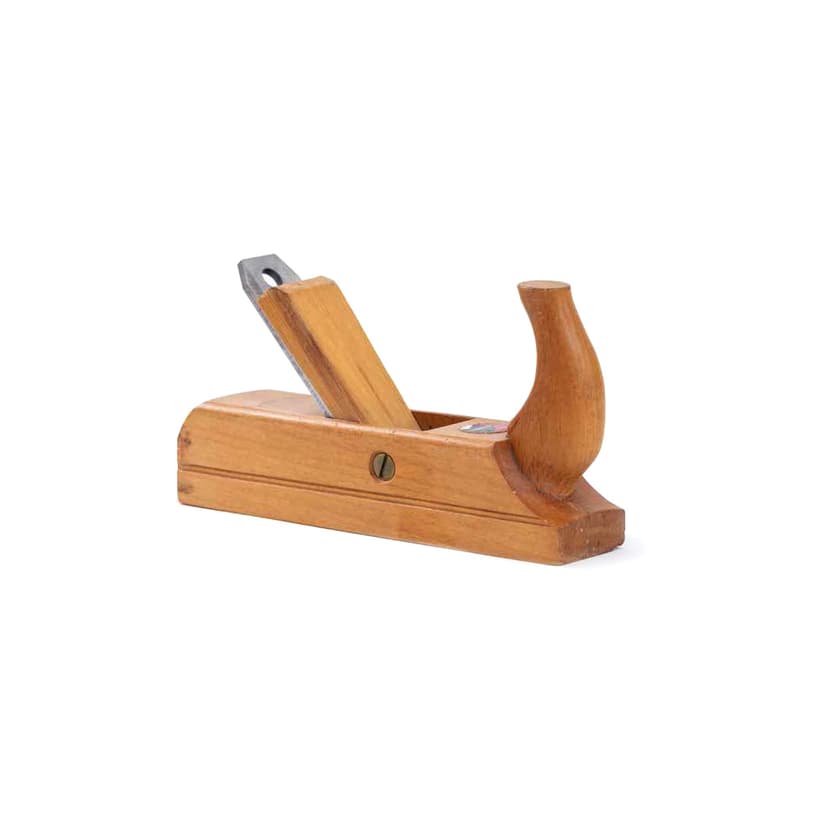After I retired, I drove for the first time in 2013 with a
Displaced persons organization to the homeland of my deceased parents,
to the eastern Sudetenland. After the forced expropriation of the farms in 1945
The Germans were forced to leave in 1946. My mother's father died
1946 from the mistreatment of the Czechs. As displaced persons,
my parents had a difficult life in the West. Even a visit to their home village
My parents' trip was on the agenda, led by a
80-year-old displaced person who spent his childhood and youth there,
and a German-speaking Czech.
When we stood in front of my mother’s family farm, we had to
discover that it was empty and unoccupied and was for sale.
Suddenly a woman came out of the house. She was the daughter of the
Czech, who had taken over the farm in 1945. She happened to be in the house.
With the help of the interpreter, I had a very interesting conversation with
her. She told me stories I knew from my mother.
Before saying goodbye, she briefly went into the house and came with the 1933
painted picture of my grandfather that she gave me.
It is difficult to understand the fact that the Czech family
The picture, which was probably insignificant for them, was kept for over 60 years and also
the clearing of the yard was not destroyed.
For me, this picture of my grandfather also represents a connection and
Respect among people, across national borders and despite
bitter military conflicts between their states.
The picture has been hanging in my study ever since.




